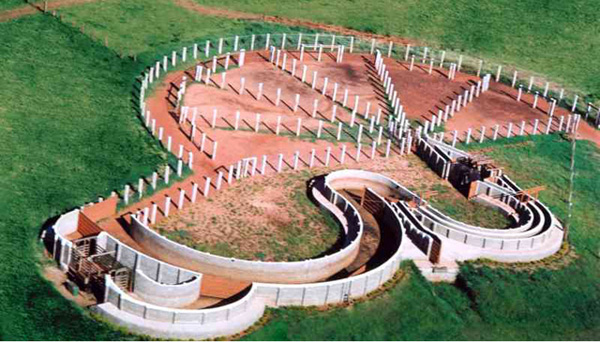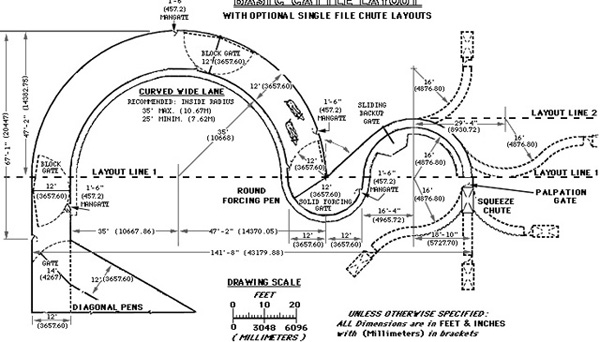Ethological Diagrams of influence. Left: J.von Uexkull’s umwelt diagram Right: Nikolass Tinbergen’s ethological diagram.
This week’s segment of the Architectural Animal continues our investigation of how to design WITH non-human companions. This post starts by reminding us of a few of the main questions (ethical, linguistic, practical) that we’ve touched upon in previous posts and sets the ground for the subsequent three weeks of posts which will showcase three individual projects demonstrating the type of work that we’ve been building up towards. We hope you enjoy the content and please take a minute to respond and enter into the conversation.
The Architectural Animal: Part 6
How to RESPOND to an Other.
This other can be an other person, a companion species, or a local ecosystem. Regardless, the same challenges exist. As we’ve seen in the previous section, the ability to adequately hear the other side of the conversation is one half of the challenge. The second half is then to speak back. The following three projects will build a case towards a common multi-species language. This is not a universalizing language but something more akin to a body language. Despite all of our individual and species specific traits it is possible to understand certain global factors that can be at least commonly accepted to have some significance across animal types.
Temple Grandin is a prominent researcher in the field of animal psychology, ethology and behavior and has completed several designs for ranching and animal processing facilities. She is one of few professionals actively working to design spaces with the well-being of animals in mind — and she is not an architect. Temple’s expertise lies mainly in animal psychology and her spaces are designed to help soothe an otherwise anxious animal on the way to processing. Her designs address an animal’s field of vision and physical position relative to other animals, along with peripheral objects that may excite them. The designs are often highly curvilinear to minimize peripheral vision and convey a sense to the herding livestock that they are in fact returning home and not to the slaughter.
Image credit Temple Grandin Image credit Temple GrandinAnimal Ethologists talk in general about internal and external factors of influence. The list of factors of influence (seen in both the of diagrams at the top of this post) for any animals or species can be actually if not practically infinite, especially if we account for the fact that any individual’s sensitivity to a given influence may change over time. The object is not to attempt to show how one variable can be constrained to produce effects in a given ecological or biological entity but rather how over-arching strategies and a general sensibility towards ecology can be developed and used for design methods. Three projects will show how this sensibility might be constructed through hyper site specificity, closing waste and feed-back loops and engaging an architecture of attraction.










1 comment
Comments are closed.